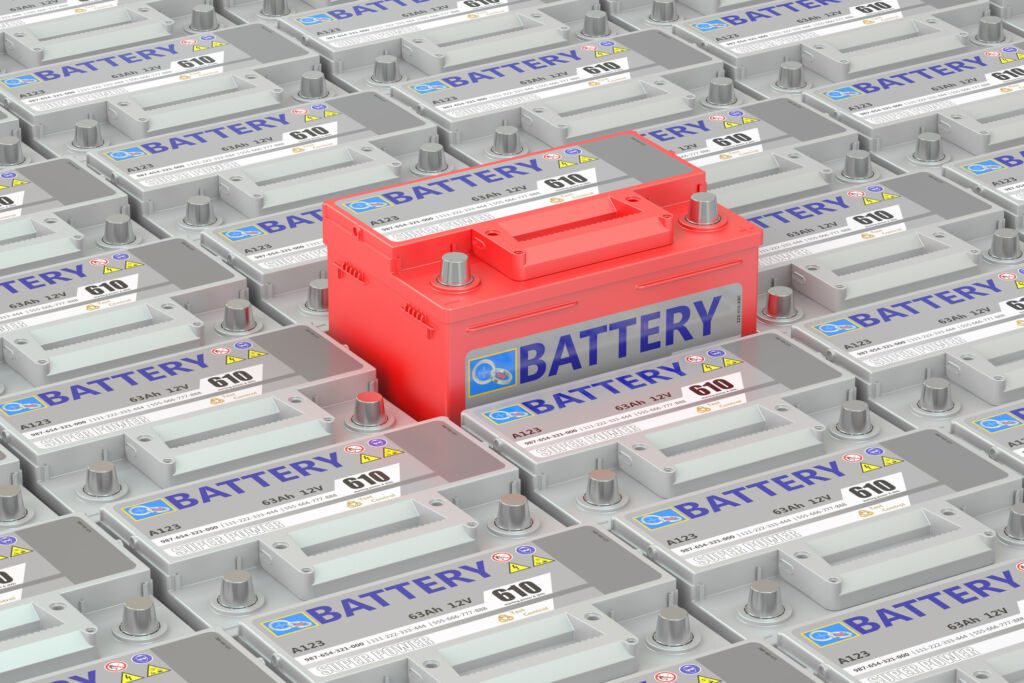Transforming Grid-Level Energy Storage with Sustainable Sodium-Ion Battery Technology

Revolutionizing Grid-Level Energy Storage with Sustainable Sodium-Ion Battery Technology
Innovative strides in sodium-ion battery technology are poised to revolutionize grid-level energy storage solutions.
Sustainable Sodium-Ion Battery Anodes: Utilizing Tea Leaf Waste
In a groundbreaking study featured in Advanced Functional Materials, Dr. Xingcai Zhang and a dedicated team from Harvard University have pioneered the creation of a cost-effective and eco-friendly sodium-ion battery anode, leveraging tea leaf waste.
Addressing the Need for Affordable Energy Storage
Traditional lithium-ion batteries, as highlighted by Nanowerk, have failed to meet the demand for affordable energy storage solutions critical for the widespread adoption of renewable energy sources such as wind and solar. These batteries, reliant on scarce or hazardous materials, struggle to strike a balance between cost-effectiveness, safety, stability, and durability.
The Potential of Sodium-Ion Batteries
In contrast, sodium-ion batteries offer promising avenues for reducing electric vehicle costs and minimizing the environmental footprint associated with battery production. Notably, research efforts have explored the utilization of coffee grounds alongside tea leaf stems, underscoring the versatility of sodium-ion battery technology.
Overcoming Performance Challenges
While previous iterations of sodium-ion batteries faced challenges related to performance metrics such as charge capacity, longevity, and charging rates, recent advancements signal a paradigm shift. Nanowerk reports that Dr. Zhang’s team achieved remarkable results, with the developed anode demonstrating exceptional durability and energy density.
The Development of TS-1400-HCl Anode
Through a meticulous process involving the conversion of tea leaf stems into “hard carbon” and subsequent treatment with acid to mitigate capacity loss, the researchers unveiled the TS-1400-HCl anode. This innovative material boasts superior performance metrics, showcasing a 70% increase in initial capacity, 91% higher efficiency in the first charge-discharge cycle, and significantly enhanced longevity over 500 cycles.
Scalability and Sustainability
Furthermore, the TS-1400-HCl anode presents a scalable industrial solution, aligning with the imperative for sustainable battery production. With China alone producing over 1 billion kilograms of tea leaf resources annually, the biomass approach championed by Dr. Zhang’s group holds immense potential for promoting environmental sustainability while driving down battery costs.
Towards Mainstream Adoption
Nanowerk underscores the transformative impact of this breakthrough, projecting a potential battery cost ranging from $5 to $7 per kilogram. This affordability coupled with the abundance of raw materials positions sodium-ion battery technology as a frontrunner in the quest for scalable, eco-conscious energy storage solutions.
In conclusion, the convergence of innovative research, sustainable practices, and affordability propels sodium-ion batteries to the forefront of grid-level energy storage, promising a greener and more accessible energy landscape for future generations.






Responses